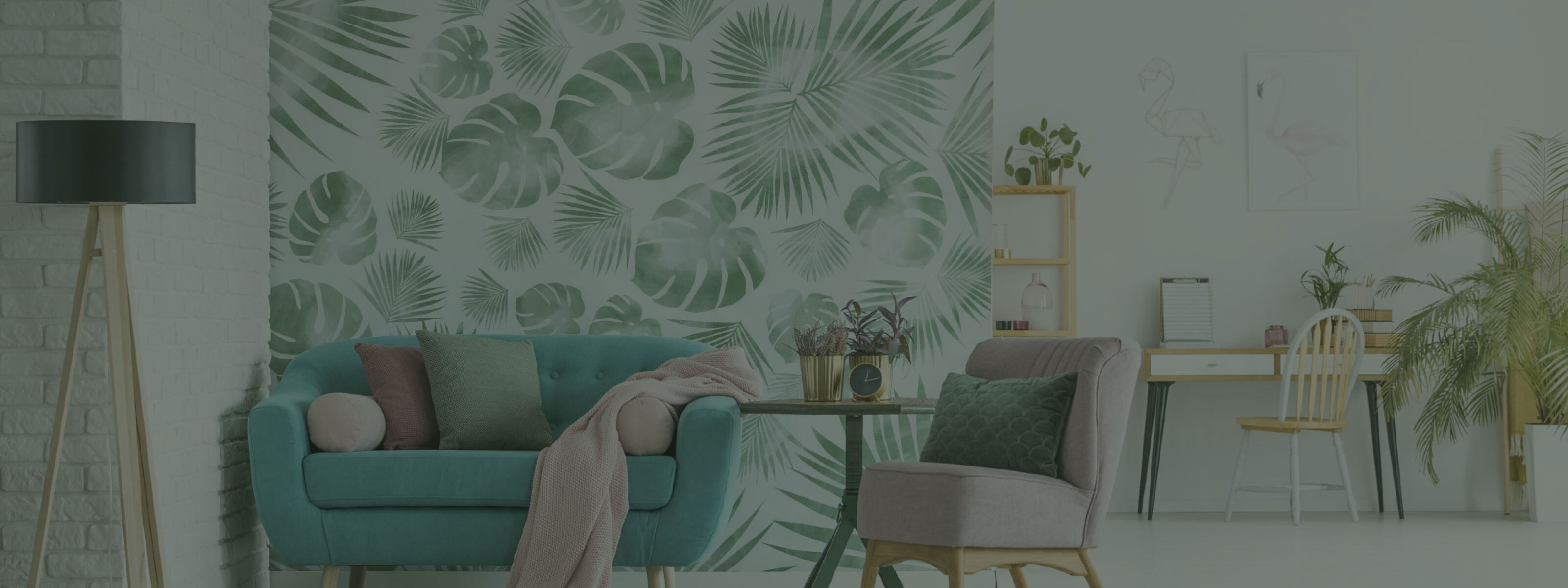
THE ENVIRONMENTAL HEALTH STORY OF
Reduced Chemical Toxins |
Increasingly, products are available that reduce or eliminate phthalates, heavy metals, and other toxins that affect worker and user health. Look for options that score high in MSAP in the Chemicals and Health metrics. |
Longevity |
Commercial wallcoverings are resistant to scratches and impact, are colorfast, and are easy to clean. The expected lifespan of at least ten to 15 years reduces the necessity of renovation, reducing carbon impact. |
Local manufacturing |
The majority of commercial wallcoverings available are manufactured in the US. Check with your distributor for verification of the source. Location factors into a low carbon footprint. |
Cleanable |
Commercial wallcoverings can be cleaned with many products listed on the EPA’s List N of disinfectants for a bacteria and virus-resistant environment without the use of added antimicrobials or finishes. |
Environmental hazards |
Vinyl wallcovering can be a source of solvents, phthalates, and heavy metals that enter the interior space through wear and off-gassing. Look for reduced toxins and low or no VOCs in the vendor MSAP ratings on Design for Health. |
Breathability |
Vinyl is impervious to moisture which is a positive attribute, unless it is a humid climate! In this case, Vinyl will need a perforation treatment to allow moisture to pass through so mold does not build up behind the material. Alternative wallcovering products may be more appropriate in a humid environment. |
End-of-Life |
Wallcovering is heavy, chemical-laden, and usually in large quantities when removed during a renovation. A few suppliers, US Vinyl, Len-Tex, Koroseal, and Farmboy FineArts offer products that are recyclable at the end of use. Kravet has a program to address take-back of their wallcovering product and Len-Tex is developing a program. |
VOCs |
Indoor Air Quality is an important measure of a healthy interior space and is shown to impact occupant health and wellbeing. Wallcoverings are a source of off-gassing that diminish IAQ. For every installation, look for products that are certified as low or no VOCs. |

Designers are offering new solutions to public spaces that provide a comfortable and engaging experience with the goal of attracting the guest to spend more time relaxing. The use of wallcoverings with atmospheric imagery, biophilic or whimsical pattern, or realistic murals have been shown to calm and uplift the occupant. In addition, commercial wallcoverings are subjected to strict cleaning guidelines that allow them to withstand a program of exceptional cleanliness for the occupant's peace of mind.
Read More
Len-Tex promotes product transparency and reduced chemical hazards with data shown through third-party certifications.

Travel is back on around the world with many travelers requiring the ability to work while enjoying new sights. Hotel rooms, lobbies, and restaurants all need to respond to the traveler’s need for quiet spaces in which to conduct work. New wallcoverings, many woven of recycled materials and with NRC ratings to show sound absorption, are filling the marketplace. These products offer textural surfaces, vibrant printing, simulated woodgrain, and anything else that can be imagined, including the ability to cover ceilings.
read more
Nature-based design has been popular for a long time but it is about to overtake all other themes. In wallcovering, Biophilia is becoming the top-tier category with smaller themes that expand and elevate it. Color is one area of expansion where shades of lavender and warm gold bring richness and serenity to the varied greens and neutrals associated with biophilic imagery. Another area that stands out is the use of curved elements for architecture, furniture, and pattern. Curved and smooth shapes provide a sense of calm and comfort, working perfectly with the nature-based color and style of the category.
read more
The Wallcoverings Association is a prime resource for information about the varied types of materials and installation options available in wallcovering. Many questions can be answered from the educational materials offered by the trade association. This article explains some of the materials used and offers insight into the appropriate type of wallcovering for each interior space.
read more